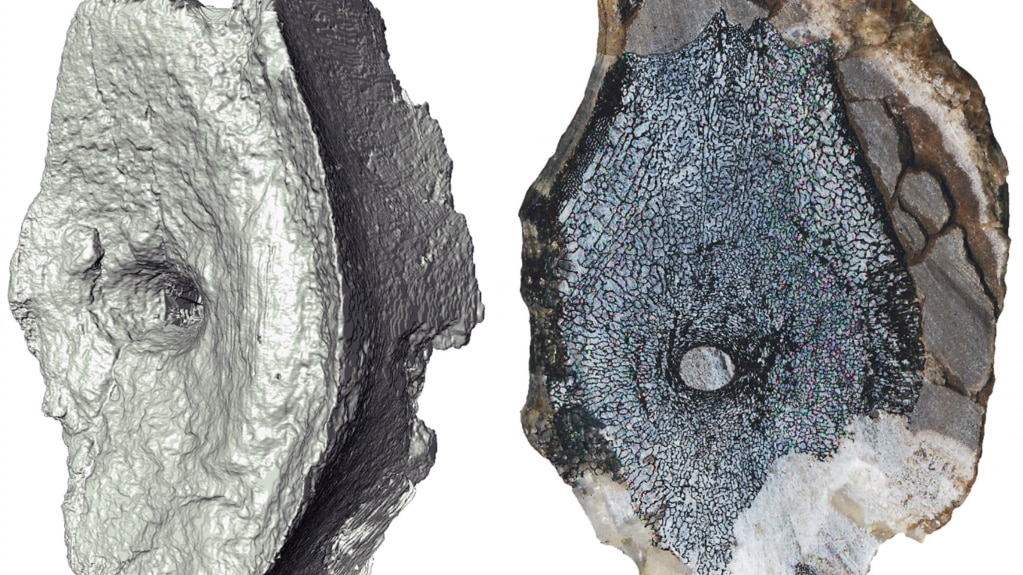Fossils of a large sea reptile that lived during the time of the dinosaurs were found recently on a Norwegian island.
The reptile is the ichthyosaur. It lived in the oceans and grew to be 21 meters long. Whales are the only creatures to grow larger in the history of Earth’s oceans.
Until recently, their development was not well understood. Researchers believed an ichthyosaur from 250 million years ago would have had more similarities to a land animal than a sea animal.
However, the discovery of a fossil from that long ago shows a smaller, but well-adapted sea animal.
Researchers found the fossil on an Arctic Norwegian island called Spitsbergen. The reptile lived about 2 million years after a large volcanic eruption that killed 90 percent of the Earth’s species.
The 11 tail vertebrae show that the animal was about three meters long, making it one of the time’s top predators.
Benjamin Kear was the lead writer of the research paper. He is a curator at Uppsala University’s Museum of Evolution in Sweden. He said he was “surprised” that the vertebrae came from “a fully oceanic ichthyosaur.”
Kear went on to say that the discovery changes the researchers’ sense of when the animals transitioned from land to water. He thinks those relatives lived before the eruption that killed many of the Earth’s animals. They survived and continued living during the time of the dinosaurs, which came later.
The fossils were found in an Arctic area where polar bears and beluga whales live today. But millions of years ago, the land in the area was covered with water. When many species died, it changed the order of the food chain. As a result, the early ichthyosaur rose to the top and survived for millions of years.
Many ichthyosaurs looked like dolphins. Some were similar to whales. The largest ichthyosaurs were about 21 meters long. They ate fish and squid.
Until now, the oldest member of the ichthyosaur group was a 40-centimeter creature that lived about 248 million years ago in what is now China.
What this means, Kear said, is that researchers may someday discover the animal that they call “the mysterious walking ichthyosaur,” which is even older.
Kear said he is excited to start looking.
“Now we will have to start looking in even older rocks, which is exactly what we'll be doing on our next fossil-hunting trip to Spitsbergen this summer,” he said.
I’m Dan Friedell.

